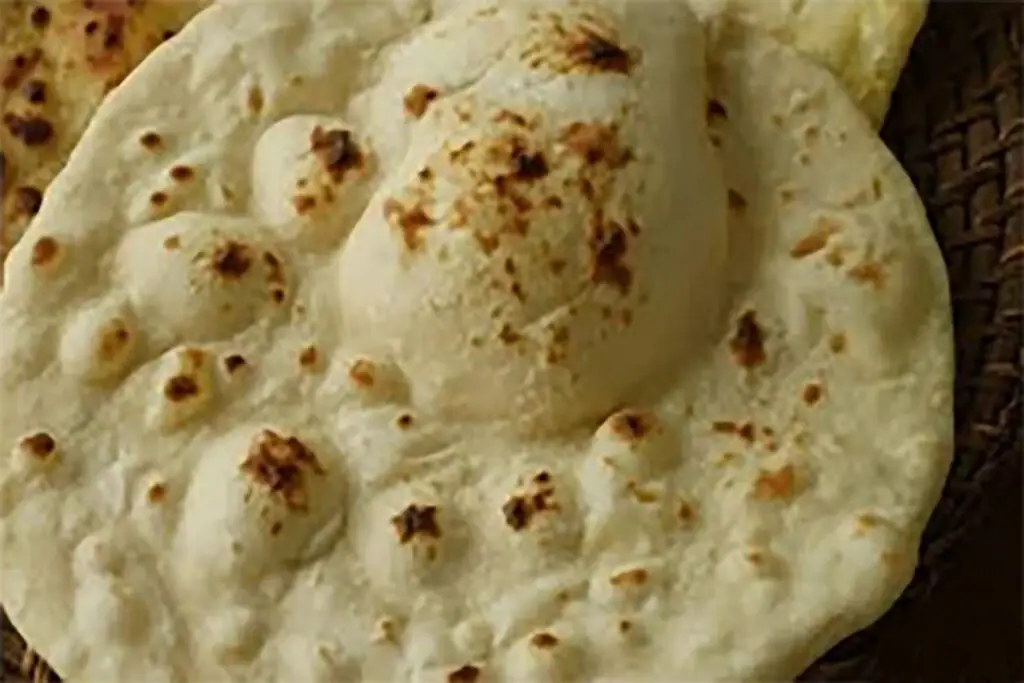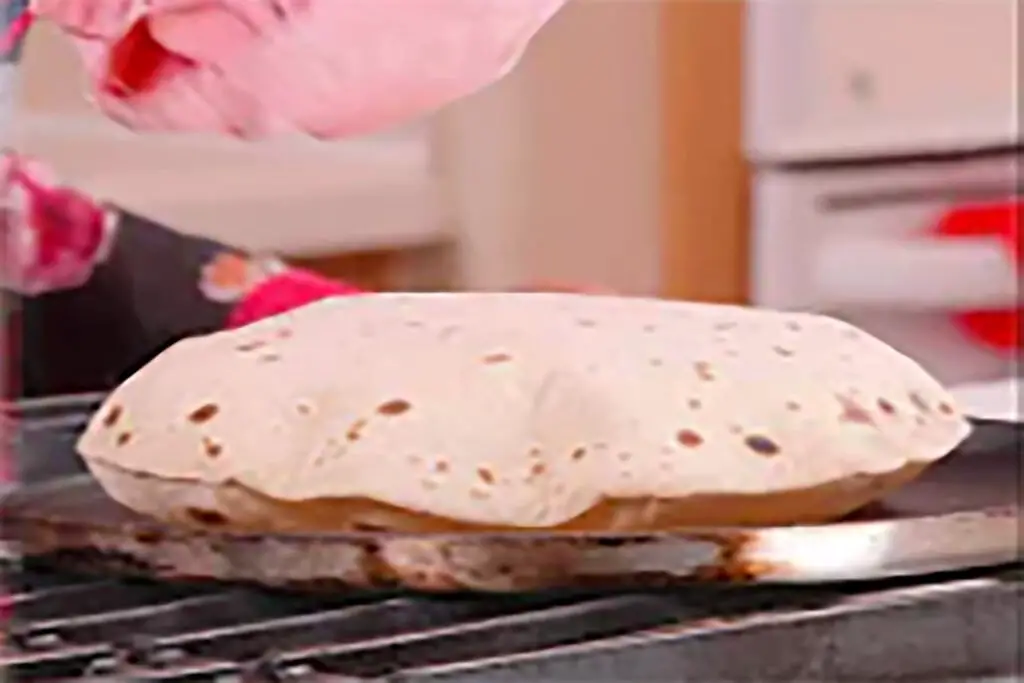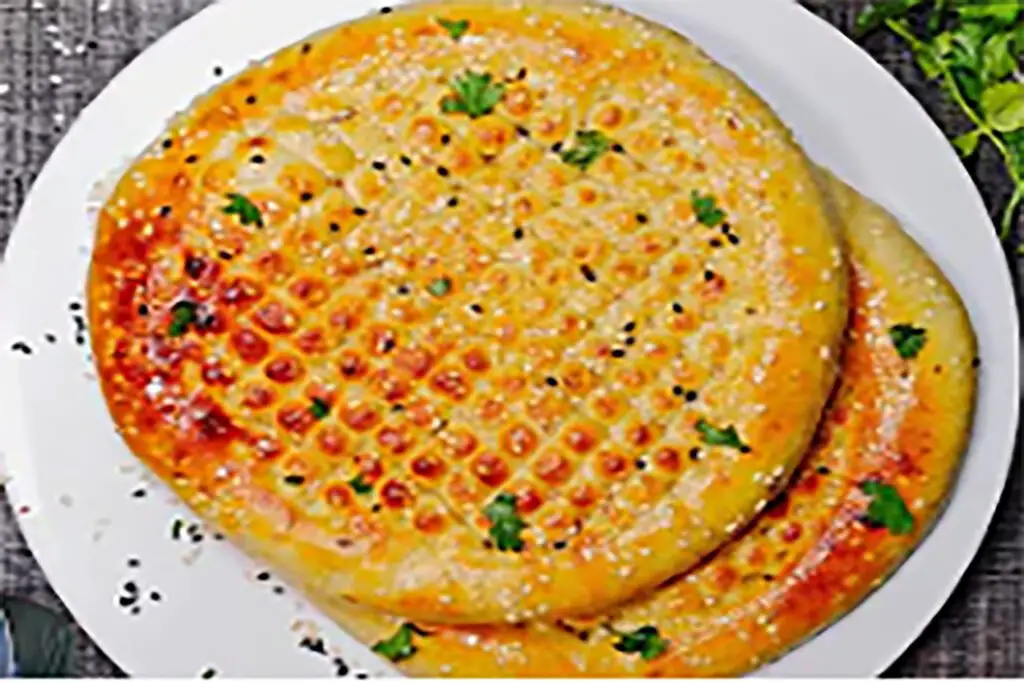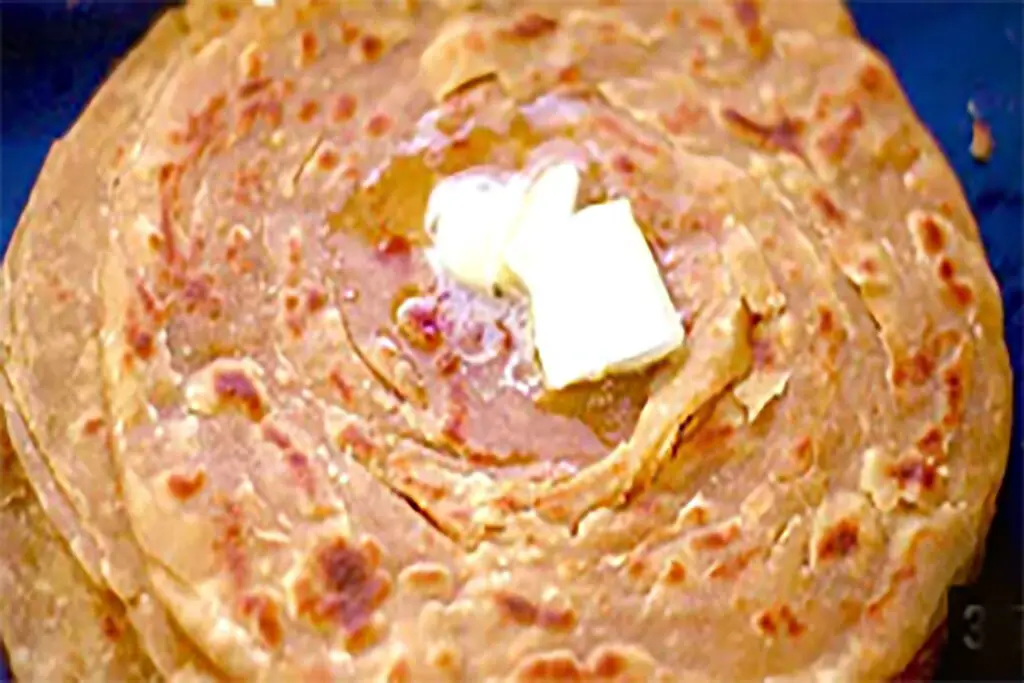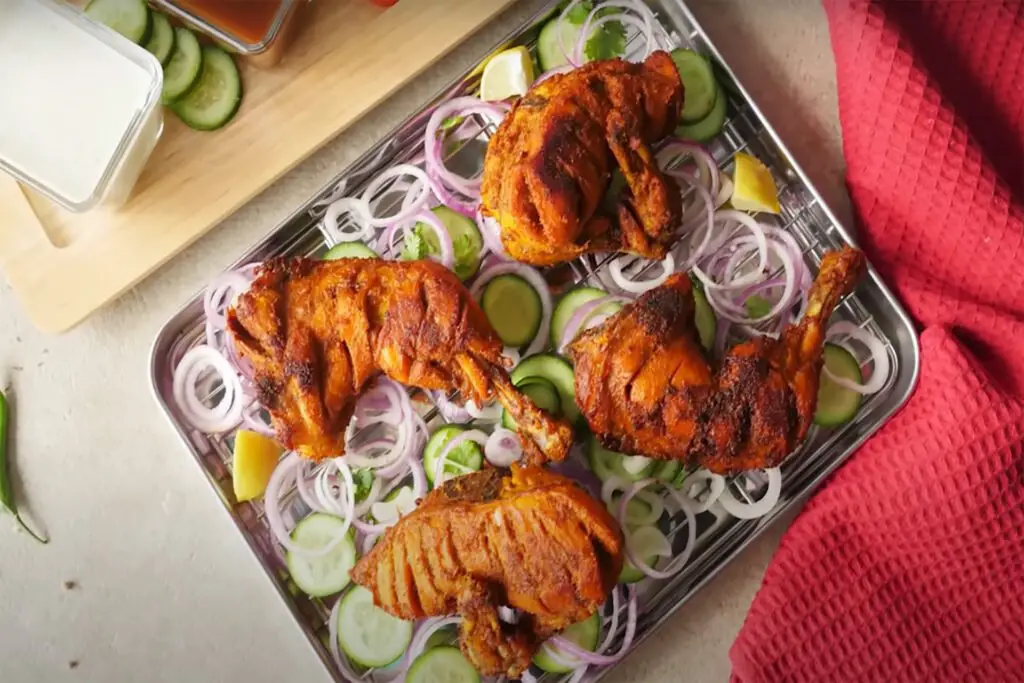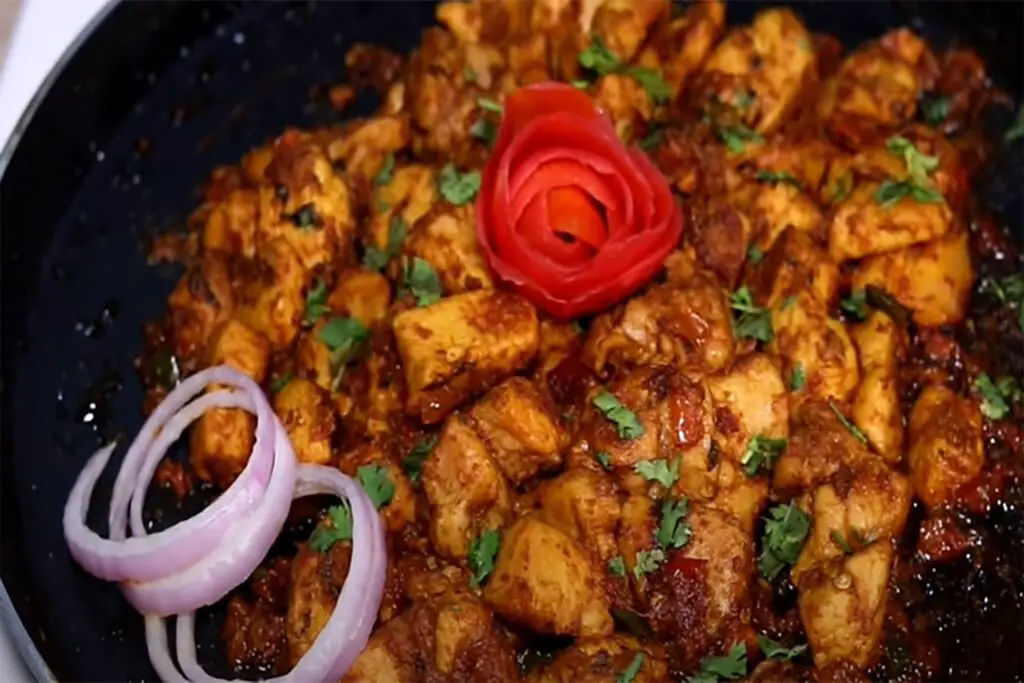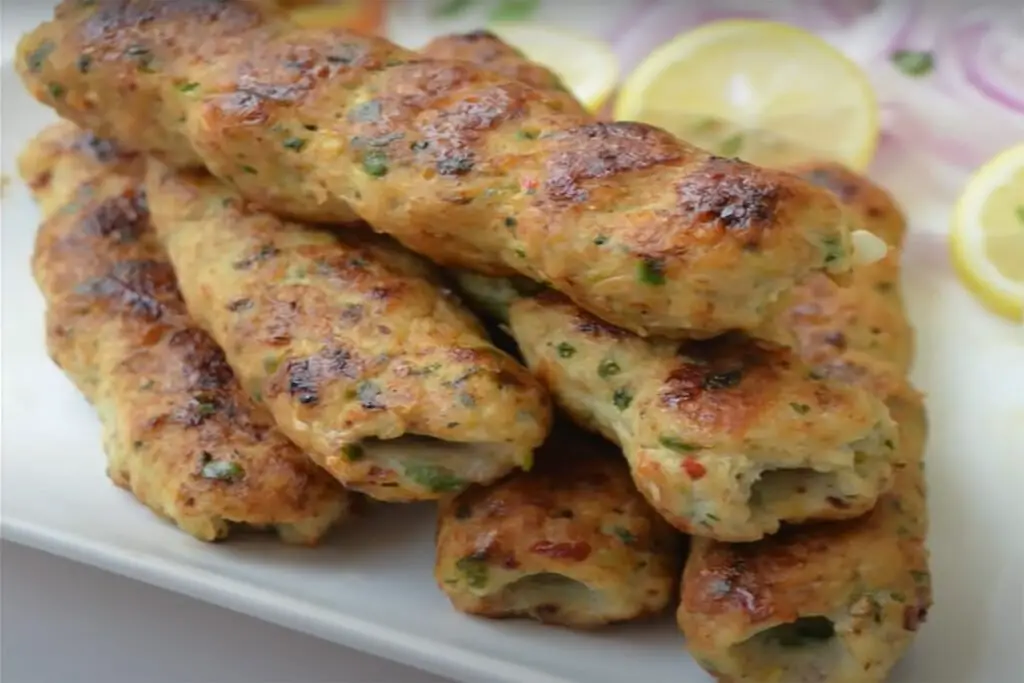Naan bread of Pakistan is a famous bread from Pakistan that is baked in a distinctive tandoor oven. The intense heat of a tandoor is most closely replicated in the modern home by a very hot oven. Variations of naan are found from India to Central Asia on into the Middle East.
Pakistani cuisine is known for its richness and flavor. Within Pakistan, cuisine varies greatly from region to region, reflecting the country’s ethnic and cultural diversity. Pakistani breads of Central Asian origin, such as Naan and tandoori roti, are baked in a tandoor. Naan is usually leavened with yeast.
Naan Bread of Pakistan – History and Origin
Naan as known today originates from Mesopotamia, ancient Egypt, and South Asia. The most familiar and readily available varieties of naan in Western countries are those from South Asia.
Crispy homemade naan that goes with all kinds of dishes usually served at parties. Serve this delicious bread straight from the oven, with popular dishes like Tandoori Chicken or Kababs of different kinds.
These soft-textured, teardrop-shaped flatbreads, with their golden bottom crust and soft, rippled surface, are easy to make and eat in great quantity.
Ingredients of Naan Bread Recipe
- 2 cups lukewarm water (about 100°F)
- 1 tsp. active dry yeast
- 1 cup milk
- 27 oz. (6 cups) unbleached all-purpose flour; more or less as needed
- 1 Tbs. plus 1 tsp. coarse salt
- Vegetable oil for the bowl
- 3 to 4 Tbs. unsalted butter, melted
- Cornmeal or flour for dusting the peel
- 1 tsp. nigella (black onion) seeds or 1 Tbs. sesame seeds for sprinkling (optional)
Step to Step Recipe for Making Naan Bread in Pakistan
- To make the dough: Put 1/2 cup of the water in a cup or glass and stir in the yeast. Heat the milk in a small saucepan to lukewarm, about 100°F. Pour the milk and remaining 1-1/2 cups water into a large bowl. Stir in the yeast mixture. Stir in about 2 cups of flour, stirring always in the same direction, until smooth. Stir in the salt and continue stirring in flour, 1/2 cup at a time, until the dough is too stiff to stir but is still soft. Turn out the dough onto a lightly floured surface. Wash, dry, and lightly oil the bowl. Knead the dough until it’s smooth, 4 to 5 minutes, incorporating only enough flour (by keeping the work surface dusted) to prevent the dough from sticking; the dough should be quite soft and not tight.
- Put the dough in the bowl, cover with plastic, and let it rise in a cool place for 8 hours or overnight. If you’re not ready to bake yet, punch down the dough, put it in a plastic bag, and refrigerate it for up to 3 days.
- To shape and bake: About 1-1/4 hours before you want to serve the bread, set an oven rack to an upper-middle rung. Put a large baking stone or unglazed quarry tiles on the rack, leaving a 1-inch gap around the border. Heat the oven to 500°F.
- Pull the dough away from the sides of the bowl and transfer it to a lightly floured surface. Cut the dough in half, putting half of it back in the bowl (covered) while you work with the other half.
- Cut the dough half into five equal pieces. Shape each one into a ball by rolling the dough on the counter or by using both hands to turn it, round it, and smooth it. Put the balls to the side or back of the counter (flour the surface), and brush each with melted butter. Cover with plastic and let rest for 20 minutes. During the last few minutes of resting, prepare the remaining dough the same way.
- Dust a rimless baking sheet or peel lightly with cornmeal or flour. Put one risen ball of dough on the floured work surface and push it out with your fingertips to a 6- or 7-inch round; don’t turn it over. Set it aside; repeat with a second risen ball.
- Return to the first piece, pushing it out to a rough 9×7-inch oval; you might try stretching it by draping it over the back of your hands and pulling gently. Repeat with the second piece of dough.
- Place both ovals on the peel and pull on the front edges. Sprinkle on seeds, if using. Transfer the flatbreads to the baking stone in the oven.
- Bake the breads until their rippled tops have light golden spots and the bottoms are golden, 5 to 6 minutes. Remove them with a peel or long-handled spatula, transfer to a rack to cool for about 5 minutes, and brush with more melted butter, if you like. Wrap them in a cotton cloth to keep them soft and warm. Repeat the shaping and baking process with the remaining 8 balls of dough.

